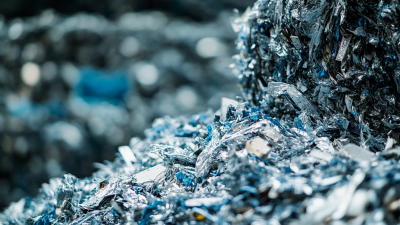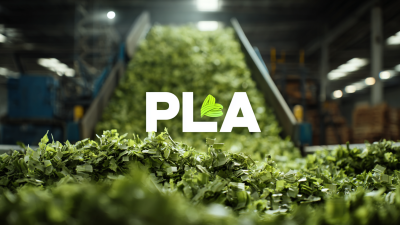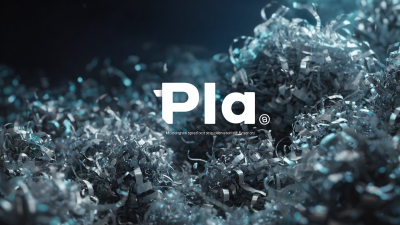When it comes to managing PLA waste effectively, choosing the right PLA shredder is crucial for any recycling initiative. PLA, or polylactic acid, is a biodegradable plastic commonly used in 3D printing and packaging, but improper disposal can lead to environmental issues. Selecting an appropriate PLA shredder not only enhances the efficiency of your recycling process but also ensures that you are maximizing the potential of this sustainable material.
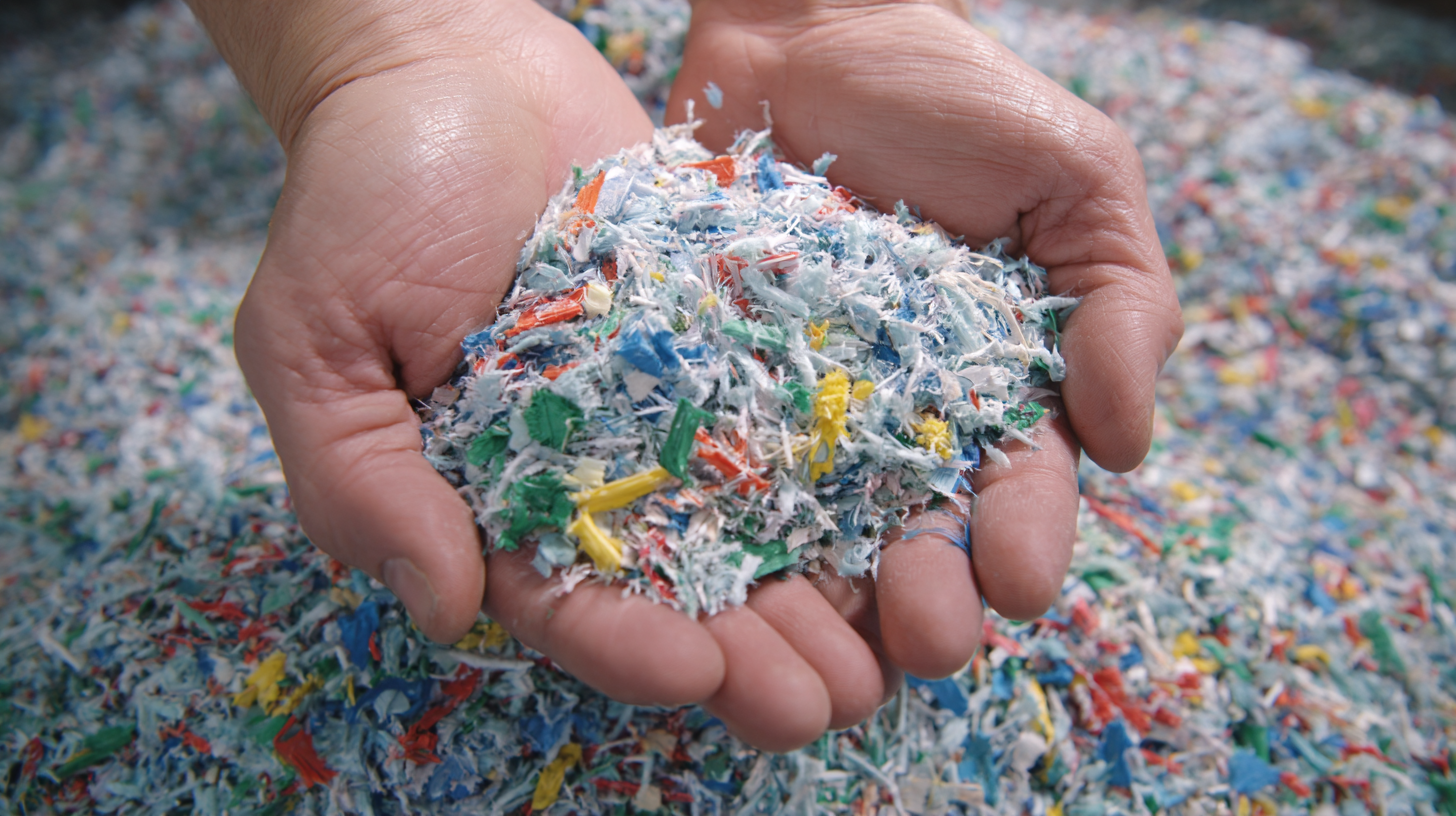
With numerous options available on the market, understanding the specific features and capabilities of different PLA shredders is essential. This guide will help you navigate the key considerations to ensure you make an informed decision, tailored to your recycling needs. By focusing on factors such as shredding capacity, blade design, operational features, and maintenance, you can find a PLA shredder that meets your operational requirements and supports your commitment to eco-friendly practices.
When choosing the right PLA shredder for your recycling needs, it's crucial to first understand your recycling requirements. The characteristics of the PLA feedstock, such as its thermal, rheological, and mechanical properties, can change significantly after being processed through multiple recycling cycles. This will influence the type of shredder you need, as different models are designed to handle varying levels of material degradation. For instance, if you're planning to use shredded PLA for large-format additive manufacturing, a high-performance shredder that maintains the integrity of the material is essential.
Additionally, the eco-friendliness of the recycling process you choose is paramount. Recent comparative studies on chemical recycling technologies highlight the diverse environmental impacts associated with different methods. Therefore, selecting a PLA shredder that aligns with your sustainability goals is important. Look for machines that minimize waste and energy consumption, and that can process post-consumer PLA effectively. With advances in technology, some new shredders enable significant cost savings while helping keep plastics out of landfills, making them a smart choice for both economic and environmental reasons.
| Feature | Options Available | Recommended Size | Typical Usage |
|---|---|---|---|
| Cutting Capacity | Low, Medium, High | 5-15 mm | Small to Medium Scale Recycling |
| Power Source | Electric, Manual | N/A | Home or Office Recycling |
| Shredder Type | Single Shaft, Double Shaft | N/A | Industrial Recycling |
| Noise Level | Low, Moderate, High | N/A | Suitable for Residential Areas |
| Portability | Yes, No | Compact Models | Field Recycling Projects |
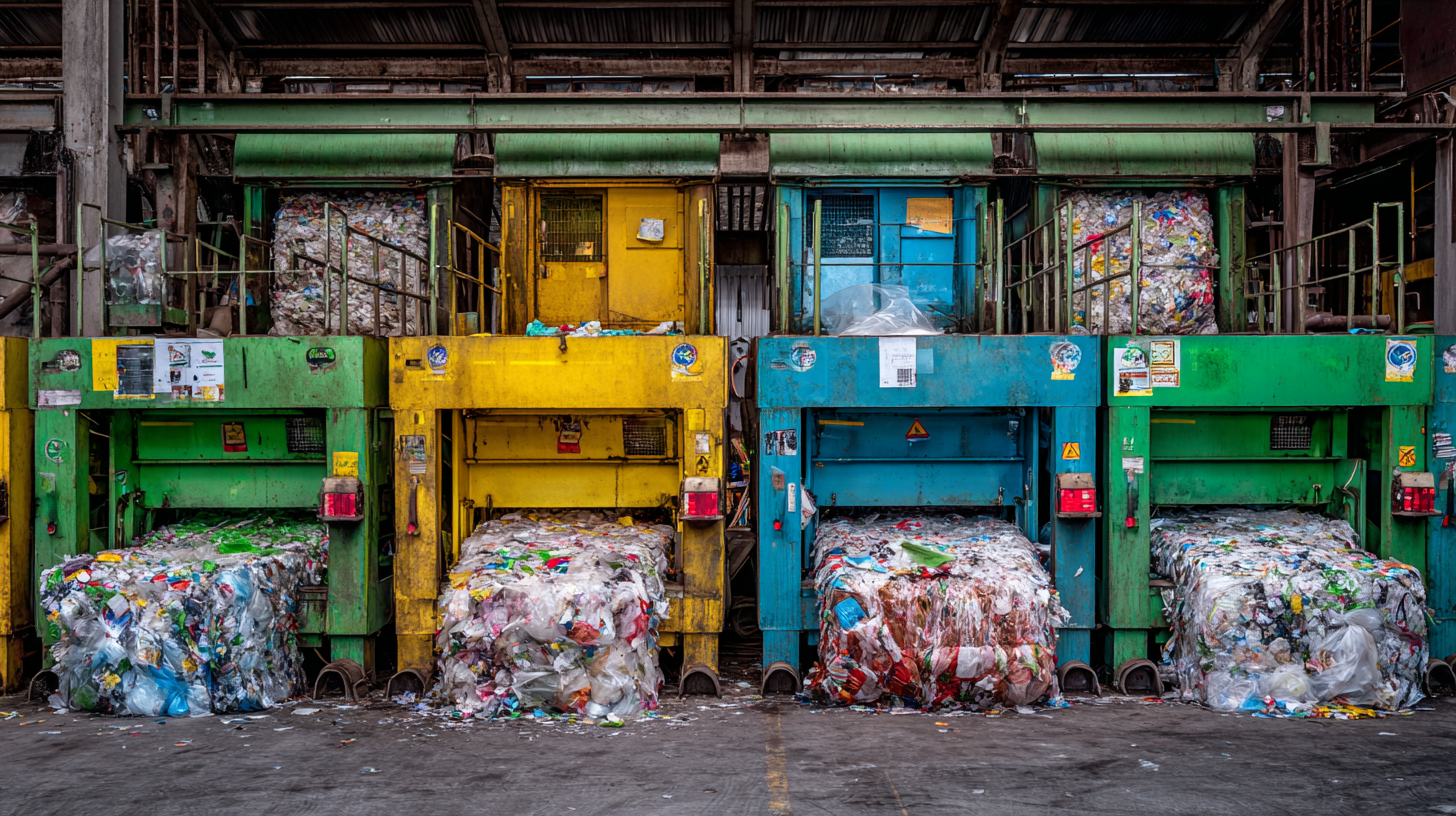 When evaluating different types of PLA shredders available, it’s important to consider the specific features that cater to your recycling needs. PLA, or polylactic acid, is a biodegradable plastic that can be recycled effectively when processed under the right conditions. There are various shredder models on the market that offer different processing capabilities, such as single-shaft, double-shaft, and hybrid shredders. Single-shaft shredders are typically efficient for uniform output, while double-shaft models excel in handling a wider range of materials and provide more control over the particle size.
When evaluating different types of PLA shredders available, it’s important to consider the specific features that cater to your recycling needs. PLA, or polylactic acid, is a biodegradable plastic that can be recycled effectively when processed under the right conditions. There are various shredder models on the market that offer different processing capabilities, such as single-shaft, double-shaft, and hybrid shredders. Single-shaft shredders are typically efficient for uniform output, while double-shaft models excel in handling a wider range of materials and provide more control over the particle size.
Another key factor to consider is the shredding capacity and speed, which play a significant role in determining how quickly you can recycle PLA materials. For larger operations, a high-capacity shredder may be necessary to minimize downtime and maximize throughput. Additionally, assess the machinery's durability and maintenance requirements, as investing in a reliable shredder can lead to lower long-term operational costs. Features such as noise reduction and safety mechanisms are also essential for ensuring a smooth and safe working environment. By carefully evaluating these different types of PLA shredders, you can make a well-informed decision that aligns with your recycling goals.
When selecting the right PLA shredder for your recycling needs, it's essential to consider key features that will enhance efficiency and sustainability. First, look for shredders equipped with adjustable blade settings. According to a report by Smithers Pira, optimized blade configurations can increase material processing speed by up to 30%, allowing for better handling of various PLA types. This feature is crucial for managing the diverse nature of PLA plastics, which can vary in density and formulation.
Another important aspect is the shredder's throughput capacity. Models that can process over 500 kilograms per hour are particularly advantageous for commercial operations, as highlighted in a recent study by the European Bioplastics Association. High-capacity shredders not only reduce operational time but also support larger-scale recycling initiatives, contributing to the circular economy for biodegradable materials. Furthermore, consider the energy efficiency of the unit; energy-efficient models can reduce operating costs by approximately 15%, aligning with sustainability goals while maximizing output.
When selecting the right PLA shredder for your recycling needs, understanding the performance and efficiency of various models is crucial. Recent studies suggest that the efficiency of shredders varies significantly based on the mechanism used, with rotary shredders typically offering a throughput of 300-600 kg/hour, while high-speed grinders can handle up to 1000 kg/hour. This efficiency not only impacts operational speed but also energy consumption. According to the Plastics Recycling Corporation, shredders that utilize advanced cutting technologies can reduce energy usage by up to 30%, enabling substantial savings for high-volume recyclers.
Additionally, performance metrics such as particle size consistency and noise levels are vital considerations. Satisfactory shredders are capable of producing material with a uniform particle size of 6-10 mm, which is essential for post-shredding processes. The sound generated during operation is another factor affecting workplace safety and compliance; many modern models now adhere to noise standards of 85 dB or less. Industry reports from the Recycling Equipment Manufacturers Association indicate that investing in environmentally-friendly and low-noise machines not only enhances workplace conditions but could also qualify businesses for green certifications, making it a desirable choice for companies focused on sustainability.

When it comes to selecting a PLA (Polylactic Acid) shredder, balancing between cost and quality is paramount. A higher initial investment in a quality shredder often pays off through durability, efficiency, and higher processing capacity. Cheaper models may seem appealing, but they may not stand up to frequent use, leading to costly repairs or replacements. Additionally, a lower quality shredder can result in inefficient processing, ultimately increasing your workload and hindering your recycling efforts.
Budgeting for your ideal PLA shredder should also take into account the specific features that match your recycling needs. Higher-quality shredders often include advanced features such as adjustable cutting sizes, energy-efficient motors, and longer warranties that can represent significant value over time. Therefore, while it’s essential to stick to your budget, investing a bit more in a machine that offers better quality and performance might save you money and hassle in the long run. Consider the long-term benefits and weigh them against the immediate costs to find a shredder that truly meets your needs.
